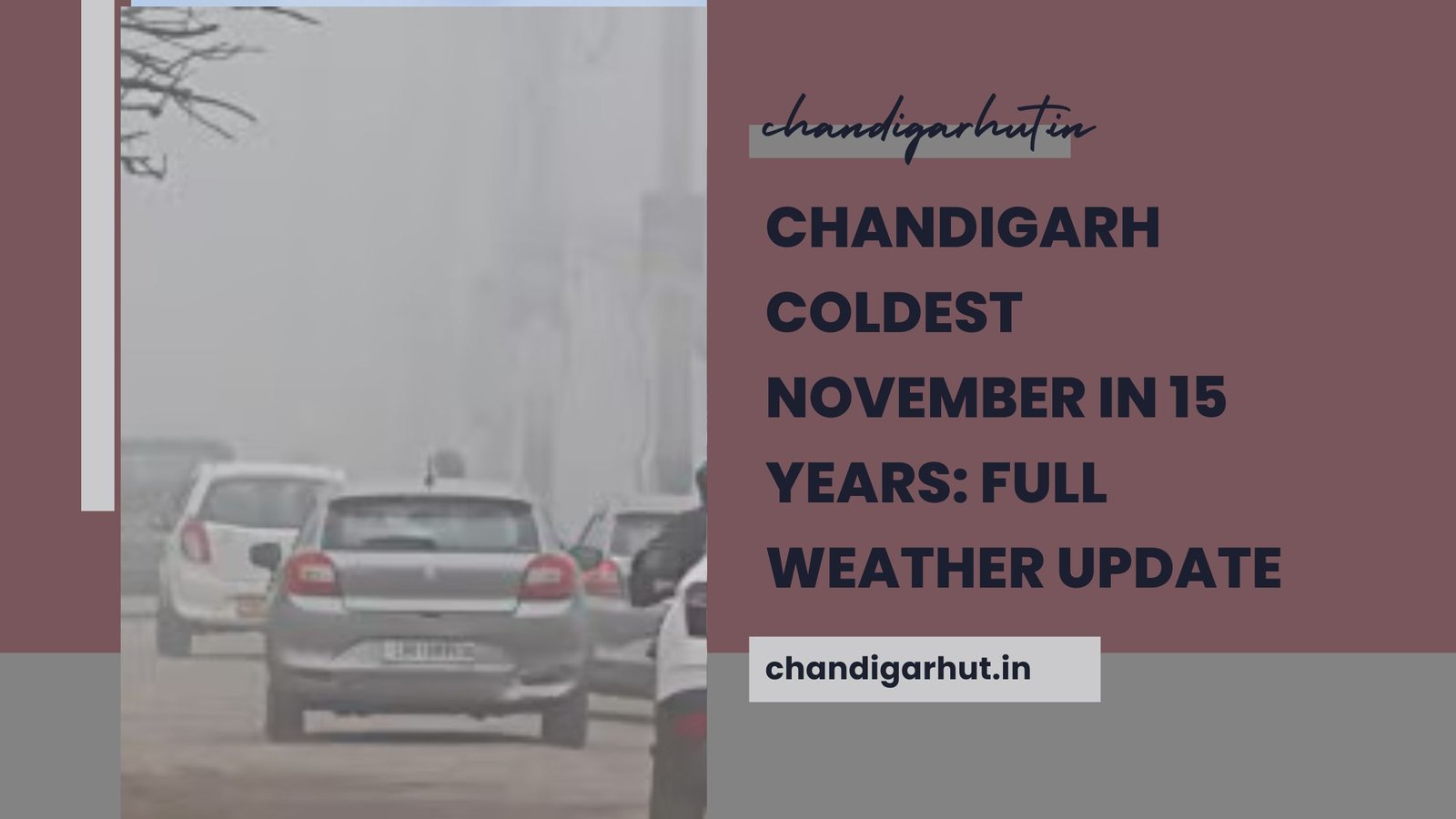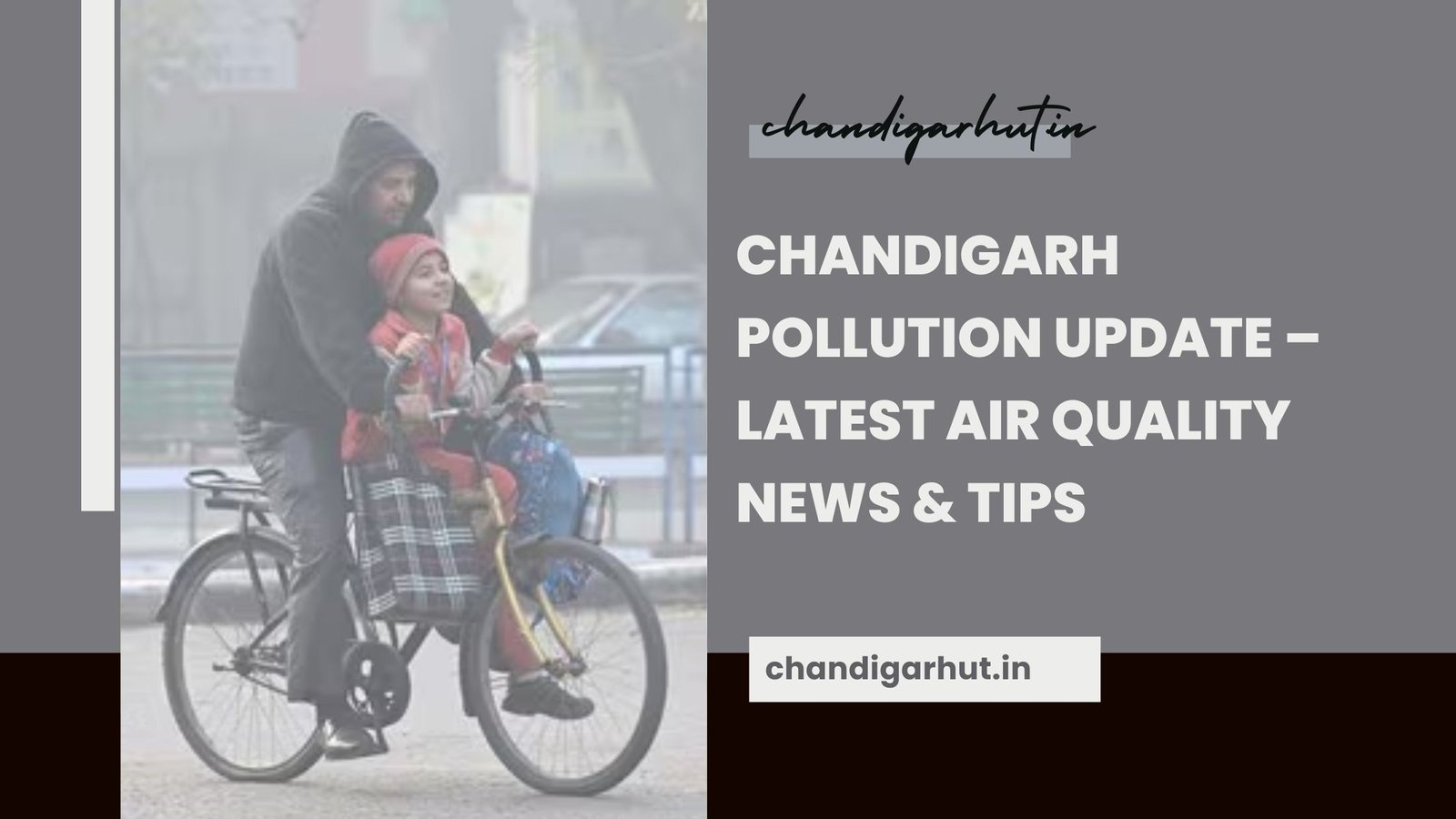A heatwave alert is a crucial warning issued when temperatures rise to dangerously high levels, posing significant health risks. As climate change intensifies, heatwaves are becoming more frequent and severe. This article explains what a heatwave alert is, its causes, effects, and essential safety measures.

1. What is a Heatwave Alert?
A heatwave alert is a public warning issued by meteorological departments when extreme heat conditions are expected. It serves as an essential tool to help individuals, communities, and governments prepare for dangerously high temperatures and take preventive measures against heat-related illnesses.
Purpose of a Heatwave Alert
Guide Infrastructure and Utility Management: Governments and utility companies can manage electricity and water supply efficiently during extreme heat events to prevent outages and shortages.
Prevent Health Risks: Alerts help people avoid heat exhaustion, dehydration, and heat strokes by informing them of upcoming extreme heat conditions.
Enable Preparedness: Individuals and authorities can take proactive steps such as increasing water intake, scheduling outdoor activities wisely, and ensuring emergency medical services are ready.
Reduce Mortality and Illnesses: High temperatures can be fatal, especially for vulnerable populations such as children, the elderly, and those with pre-existing health conditions. Heatwave alerts allow timely interventions to protect these groups.
Criteria for Issuing a Heatwave Alert
| Region | Heatwave Threshold |
|---|---|
| Plains | 40°C (104°F) or higher |
| Coastal Areas | 37°C (98.6°F) or higher |
| Hilly Areas | 30°C (86°F) or higher |
| Severe Heatwave | 6°C+ above normal temperature |
2. Causes of a Heatwave Alert
Heatwaves occur due to a combination of natural and human-induced factors that contribute to prolonged periods of extreme heat.
Natural Causes
- High Atmospheric Pressure
- Heatwaves are often caused by high-pressure systems that trap warm air close to the ground for an extended period.
- This phenomenon, known as an anticyclone, prevents cloud formation and leads to intense solar radiation, raising temperatures significantly.
- Prolonged Dry Spells
- Lack of rainfall and extended drought conditions reduce the cooling effect of moisture in the air.
- When the soil and vegetation dry out, the land absorbs and retains more heat, intensifying the heatwave.
- Geographical Location
- Some regions, such as deserts and inland areas, are naturally more prone to extreme heat due to their low humidity and lack of water bodies.
- Areas with minimal tree cover and vegetation experience higher temperatures as there is no natural cooling mechanism.
Human-Induced Causes
- Urbanization and the Heat Island Effect
- Urban areas with high concentrations of concrete, asphalt, and glass absorb and retain heat, making cities significantly warmer than surrounding rural areas.
- Limited green spaces and increased human activity contribute to what is known as the urban heat island effect, exacerbating heatwave conditions.
- Deforestation and Loss of Green Cover
- Trees and plants provide natural cooling by offering shade and releasing moisture through transpiration.
- Large-scale deforestation for agriculture, infrastructure, and development removes this cooling effect, leading to rising local temperatures and contributing to heatwaves.
- Greenhouse Gas Emissions and Climate Change
- The burning of fossil fuels releases carbon dioxide and other greenhouse gases into the atmosphere, trapping heat and raising global temperatures.
- As climate change accelerates, extreme heat events become more frequent and intense, increasing the likelihood of heatwaves worldwide.
- Industrial and Vehicular Pollution
- Factories, power plants, and vehicles release pollutants that contribute to global warming and degrade air quality.
- Pollutants such as black carbon and ozone absorb sunlight, further increasing the temperature in affected regions.
3. Impact of a Heatwave Alert on Health
Heatwaves can cause serious health conditions, including:
| Health Condition | Symptoms |
| Heat Stroke | High body temperature, confusion, dizziness |
| Heat Exhaustion | Heavy sweating, weakness, nausea |
| Dehydration | Dry skin, headache, extreme thirst |
| Sunburn | Red, painful skin, blisters |
| Heat Cramps | Muscle spasms due to excessive sweating |
4. Heatwave Alert Safety Measures
Personal Safety Tips
- Stay Hydrated: Drink plenty of water and avoid alcohol or caffeine.
- Wear Light Clothing: Opt for loose, light-colored clothes.
- Avoid Peak Sun Hours: Stay indoors between 11 AM and 4 PM.
- Use Cooling Methods: Take cold showers, use fans, and stay in air-conditioned areas.
Home Protection Tips
- Close Curtains & Blinds: Block direct sunlight.
- Use Cooling Appliances: Fans, coolers, and air conditioners.
- Stock Up on Essentials: Ensure an adequate water supply.
Community Guidelines
- Check on Vulnerable People: The elderly, children, and those with medical conditions are at higher risk.
- Reduce Outdoor Work: Shift work schedules to cooler hours.
- Stay Informed: Follow weather updates and advisories.
5. Heatwave Alert and Environmental Impact
| Impact | Consequence |
| Water Scarcity | Increased demand for drinking water |
| Crop Failure | Heat stress damages agriculture |
| Wildlife Threat | Animals struggle to find water and shade |
| Increased Energy Use | Higher electricity consumption for cooling |
6. Government Initiatives to Combat Heatwaves
Governments worldwide implement various strategies to mitigate the impact of extreme heat. These initiatives focus on early warning systems, public safety measures, infrastructure adaptations, and awareness campaigns to reduce the risks associated with heatwaves.
1. Early Warning Systems
Purpose:
- To provide timely alerts to individuals, local authorities, and emergency services before extreme temperatures occur.
- Helps people and organizations take precautionary steps to minimize heat-related health risks.
Implementation:
- Meteorological departments use satellite data, weather models, and temperature forecasts to predict heatwaves.
- Alerts are issued through multiple channels, including SMS, news broadcasts, mobile apps, and social media.
- Governments collaborate with local agencies to disseminate warnings and ensure preparedness.
Example:
- In India, the Indian Meteorological Department (IMD) issues color-coded alerts: Yellow (Watch), Orange (Be Prepared), and Red (Take Action) to warn about rising temperatures.
2. Heat Action Plans (HAPs)
Purpose:
- To create city and state-level frameworks to protect communities from heat-related illnesses.
- Focuses on preparedness, response, and long-term strategies to mitigate the impact of heatwaves.
Implementation:
- Cities and states develop HAPs that outline steps for reducing heat exposure.
- These plans include temporary work schedule adjustments, emergency medical response teams, and water distribution stations.
- Special provisions for construction workers, outdoor laborers, and vulnerable groups like children and senior citizens.
Example:
- Ahmedabad, India, became the first South Asian city to implement a Heat Action Plan in 2013. The plan included early warnings, public awareness drives, and cooling centers, significantly reducing heat-related deaths.
3. Cooling Centers
Purpose:
- To provide safe, air-conditioned spaces for people during extreme heat conditions.
- Helps prevent dehydration, heat exhaustion, and other heat-related illnesses.
Implementation:
- Local governments, municipalities, and NGOs set up cooling shelters in schools, community centers, libraries, and government buildings.
- Free drinking water and first-aid stations are made available.
- Transportation assistance is provided for elderly individuals and those with disabilities.
Example:
- In the United States, cities like New York, Los Angeles, and Phoenix have established free public cooling centers where residents can escape extreme heat.
4. Public Awareness Campaigns
Purpose:
- To educate citizens about the dangers of heatwaves and encourage proactive measures.
- Ensures that vulnerable populations understand safety precautions.
Implementation:
- Health departments distribute pamphlets, posters, and public service announcements on TV, radio, and social media.
- Governments collaborate with local influencers, doctors, and NGOs to spread awareness.
- Schools and workplaces conduct workshops on heatwave preparedness.
Example:
- The World Health Organization (WHO) and United Nations (UN) launched a global campaign to help cities integrate heat resilience measures into urban planning.
These government initiatives play a crucial role in reducing heatwave-related fatalities, promoting climate resilience, and protecting vulnerable populations.

7. Heatwave Alert: Frequently Asked Questions (FAQs)
1. What should I do during a heatwave alert?
Stay indoors, drink water, and avoid strenuous activities in extreme heat.
2. How can I help others during a heatwave?
Check on elderly neighbors, provide water to outdoor workers, and spread awareness.
3. How long do heatwaves usually last?
A heatwave can last from a few days to several weeks, depending on weather conditions.
4. Are heatwaves becoming more common?
Yes, due to climate change and rising global temperatures.
Conclusion
A heatwave alert is a serious warning that requires immediate action. By staying informed and following preventive measures, we can protect ourselves and our communities. For more updates on climate and sustainability, visit Chandigarh UT.















